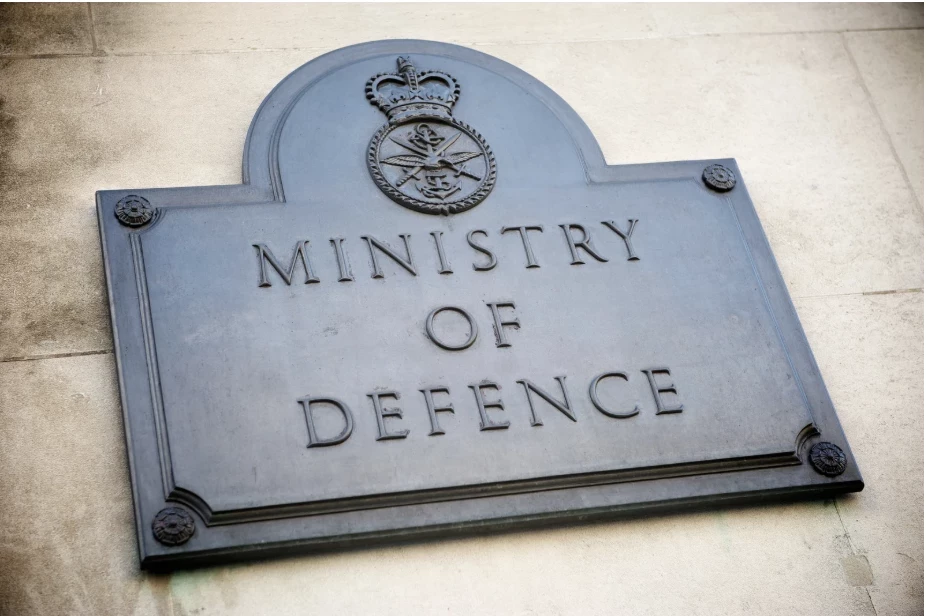How defence companies can close the equipment affordability gap
There is a real need, and an opportunity, for defence companies to engage with the MOD to help address the affordability challenges.
Add bookmarkDefence budget overspending
Despite recent improvements in the MOD’s approach, the latest NAO report suggests that the defence equipment budget will be overspent by around £6bn over the next four years. This is nothing new, indeed it is difficult to remember a time when the defence equipment budget was not over budget. The cost pressures undoubtedly reflect the particular complexities of the defence sector. Changing frontline requirements, the need for new technologies and capabilities solutions, worldwide inflation in the sector and the need for contingencies are all factors that drive up costs. However, there is a real need, and an opportunity, for defence companies to engage with the MOD to help address the affordability challenges.
There are a number of practical steps defence organisations can take that will make a difference. This should start by examining what lessons can be applied to the defence context from other sectors. Companies from energy to healthcare have improved agility, governance and cost-out maturity to deliver more reliably and more rapidly.
RECOMMENDED: What defence organisations should consider when insourcing
Agility is one of the keys to commercial success, customer satisfaction and cost savings. Recent research by PA Consulting with 500 company leaders has found that the top 10 per cent of businesses by financial performance is almost 30 per cent more likely to display agile characteristics. This does not mean they just recite agile theory but that they think carefully about the practical changes the organisation can make to get equipment to the market faster. For defence programmes that means re-engineering the way they work to focus on greater speed and creating processes that enable them to anticipate and respond to continual disruption effectively. In that way, they can build agility into everything they do.
What can defence learn from other sectors?
There are also particular lessons for defence from the experience of regulated sectors such as energy and water. They are capital constrained, mostly monopoly providers of services and have customers who find it hard to demand innovation and efficiency and this creates a number of parallels with the defence sector. Over the past two decades, these regulated industries have responded to pressure from central regulatory bodies to improve efficiency and produce better outcomes and services. For instance, under the Revenue using Incentives to deliver Innovation and Outputs regime (RIIO) networks are more reliable (e.g. the number of power cuts has fallen by 48 per cent since 2001).
The defence sector has significant opportunities to drive cost reduction. Source: Shutterstock
Customer satisfaction with the service provided by local network operators has improved (to 8/10 in 2016/17). The innovation stimulus has increased research and development spending on the networks and this is supporting greater deployment of lower cost operational solutions (for example 25 per cent of all electricity generation is now connected to lower voltage electricity networks, including large numbers of solar and wind generators). The areas where things have not worked so well include the impact of networks on the environment, addressing customer vulnerability and ensuring fair competition. The ambition is to address these in the next five years.
The key lesson from these sectors is that gradual evolutionary change will not be enough. A fundamental transformation is needed to raise performance and embed a new approach to value for money for each customer. That includes embracing digital and innovative approaches and putting the customer at the heart of what they do. For example, smarter working, such as using mobile technology in modernised facilities with new methods of working and new outcome-based support, delivers fundamental improvements in speed, flexibility and improved job satisfaction. Defence programmes also need to develop capabilities to respond dynamically to a changing external environment.
RECOMMENDED: How to win and manage defence contracts
Opportunities to drive cost reduction
It is clear that the defence sector has significant opportunities to drive cost reduction. Recent maturity analysis research from PA Consulting, carried out across 10 different sectors, shows that defence has 33 per cent more opportunities for savings than the world leaders in cost reduction, such as automotive manufacturers. The lessons from these leaders are that they succeed because they have a clear vision which underpins a relentless focus on cost. They then support this through effective governance which monitors and manages performance.
The leaders in cost management are also those who transform ways of working, operating models, and production techniques. Equally important is the time they spend on changing behaviour and culture. What is most important in achieving savings is ensuring that the changes required do happen and that they stick. For instance, the capability to deliver continuous improvement – and to do more, better for less every year (and sharing those benefits between customers, shareholders and workforce) – is a culture that is embedded in automotive manufacturers. It takes time and effort to ensure that happens and confidence to pass benefits to customers.
Another central lesson for the defence sector is that leaders must understand what actions will bring sustainable cost reductions and resist the temptation to make short-term decisions that address the immediate pressures but do nothing to address the longer-term challenge.
RECOMMENDED: The Type 31e frigate and the international marketplace
Untapped opportunities?
There is a real opportunity for defence suppliers to work with their clients to build relationships that enable them to meet the defence affordability challenge in ways that will benefit both. There is an increasing willingness from the MOD to embrace new ways of working and apply lessons from other sectors and suppliers need to make the most of that approach. That will allow them to improve performance, reliability and customer satisfaction and play their part in breaking the cycle of never-ending equipment overspends.
Jonathan Evans is a defence and security expert at PA Consulting, the innovation and transformation consultancy
























